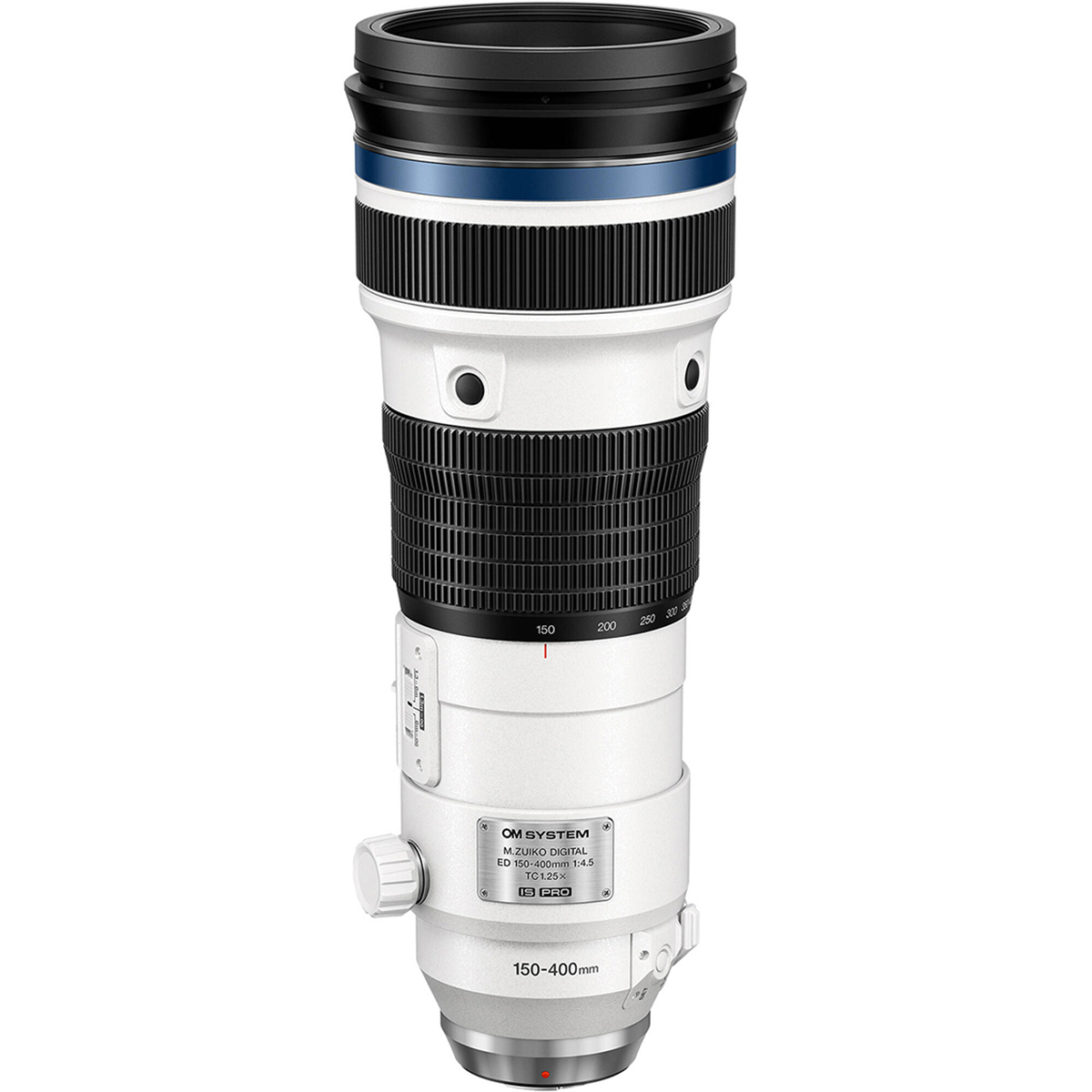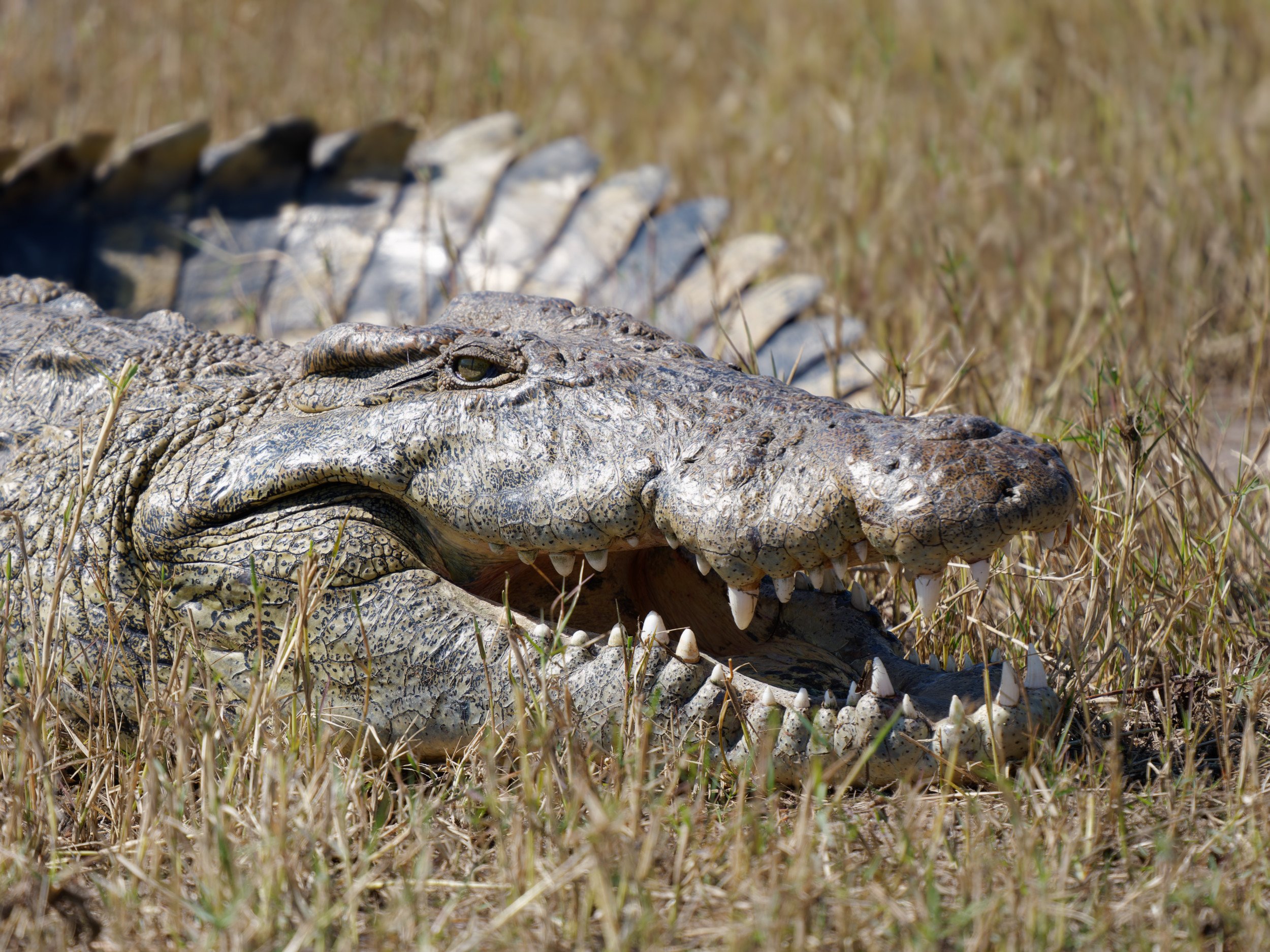Olympus 150-400 F/4.5 TC in Botswana - Wildlife Photography Review Part III
When I first started getting serious about wildlife photography, I was heavily fixated on camera bodies and specs. It wasn’t until several years later that I began to realize that the lens is, in many ways, a more important part of the calculus. One of my first “serious” interchangeable lenses was the Olympus ED 75-300mm, and later the exceptional 300/4 Pro. More recently, I added the 150-400 F/4.5 TC to my work. In the time since I received the lens in early 2021, it has traveled with me throughout California, Yellowstone national park, Costa Rica, and most recently, Botswana. As a multi-system user, I’ve come to appreciate the pros and cons of multiple systems, but as a long-time Olympus and OM Systems user, I continue to be delighted with micro four-thirds gear.
The Olympus 150-400 strikes the sweet spot of quality, performance, weight, versatility, and value for a high-end optic. The lens has proven robust and reliable. The relative light weight and the versatility also means that it goes everywhere, and that several other optics might stay behind. For example, the lens has great close-focus ability, which is rare for a super tele of this range, so I can often get by without a dedicated macro lens. The zoom and TC functions coupled with the relatively bright F/4.5 aperture also mean that it covers a large range of shooting scenarios from closeup portraits, to environmental shots, to birds in flight with aplomb.
Note: this page uses affiliate links. If you buy a product using the link, I receive a small commission which goes 100% towards keeping this site alive and running. Your patronage is appreciated!
Purchase the Olympus M.Zuiko 150-400mm lens here
Like all lenses, this one is not perfect. Anecdotally, I would say that primes like the Panasonic 200 F/2.8 edge it out for the best possible image rendition, including the obvious benefit of over twice the light gathering capability at F/2.8. However, I am often willing to accept the compromise for a lens as capable and versatile as the Olympus. When I have this lens in hand, rarely am I questioning whether I have the right tool for the job, unless I’m wanting to be somewhere in the 16-300mm equivalent range (OM Systems has some nice options there as well).
My most recent foray with the lens was this year in Botswana, a trip that I had on the books that was previously cancelled due to Covid. The lens combined with the new OM-1 worked great, and I walked away with some of my favorite images of lions taken to date.
In addition to getting to spend some time with the lions, I also came across warthogs, a rare sighting of a honey badger and cub, elephants, hippos, and plenty of birds, to name a few. It’s always a treat to be able to spend nearly the whole day photographing great subjects. I feel truly fortunate for the experience. It is also during these experiences where both the pros and the cons of gear really start to stand out.
Overall, I would say that I am pleased with the resulting image quality from the OM-1 and 150-400, and only on occasion did I notice that out of focus backgrounds were not as smooth as I would expect from something like a bright aperture prime. I’m not convinced that this is an inherent trait of the lens so much as it is the reality of shooting in less than ideal conditions, (e.g., high contrast light, or with subject too close to the background to render smooth out of focus areas, for example). I have also found that editing choices (especially contrast) can have pretty profound impacts on the appearance of backgrounds - for example, see the crocodile below with minor changes to contrast.
Sensor format and noise reduction
My appreciation for the micro-four thirds system and the Olympus 150-400 has only grown with improvements in noise reduction technology. This is due to both performance gains with the OM-1’s new sensor and also with innovations in post-processing software.
While I don’t have specific comparisons to show between the older 20 MP sensor and the new one in the OM-1, I do believe the shadows and color tones are improved compared to what I’m used to in high-ISO scenarios.
I’d suggest anyone who uses micro four-thirds system should consider investing in some dedicated noise reduction software. Not because micro-four thirds files are inherently noisier than other formats, but because it makes it possible to leverage faster shutter speeds that are important for wildlife work without worrying as much about noise. My personal favorite tool for the job is DXO PhotoLab. For me, this software has made shooting at high ISOs much less of a concern than it was previously. It’s even breathed some new life into old MFT files that I thought were destroyed by noise.
The key attributes of this software that puts it a cut above the rest (for me) is the ability to reduce noise while retaining a natural look without artifacts. My experience is that, once the NR is applied, the images look roughly the same as they did out of camera, just less noisy. I cannot say the same for noise reduction applied in some other programs that introduce artifacts or make things look like either a pastel-like mess or chunky and over-sharpened. The robin and the warthog images below, each shot at ISO 6400, exemplify for me the power of this tool. I like how easy it is to apply noise reduction, how little it affects image detail, and the natural-looking result without artifacts. For me, this equates to being able to carry a smaller and lighter kit but not worry so much about noise.
DXO Photolab itself is also a great RAW editor, which I find in some ways superior to Lightroom (which I also use). Like many, I don’t enjoy spending a lot of time editing photos, but I do like tools that help me quickly get to the results that I’m after.
Conclusions Part III
The 150-400 has been an integral part of my work since January of 2021, and I still continue to be impressed when I use it in the field. Despite having tried similar telephoto zooms on other brands, I continue to gravitate back to the Olympus. I remember reading in the forums from folks that this lens didn’t make much sense, and yet the lens has remained out of stock since release. I’m sure that is in part due to supply chain issues, but I also think it’s that this lens is popular and may be becoming even more popular as people have seen what it’s capable of. This lens continues to offer a unique set of qualities that make it extremely well suited for wildlife work. When you pick it up, it feels almost impossibly lightweight for the dimensions, and when employed in the field, it leaves little to be desired. It focuses quickly enough to deal with even the fastest types of wildlife. In a pinch, it works well as a pseudo-macro lens for when animals or plant life are very close. It is a solid performer overall for those with the means and/or aspirations to acquire one.

















